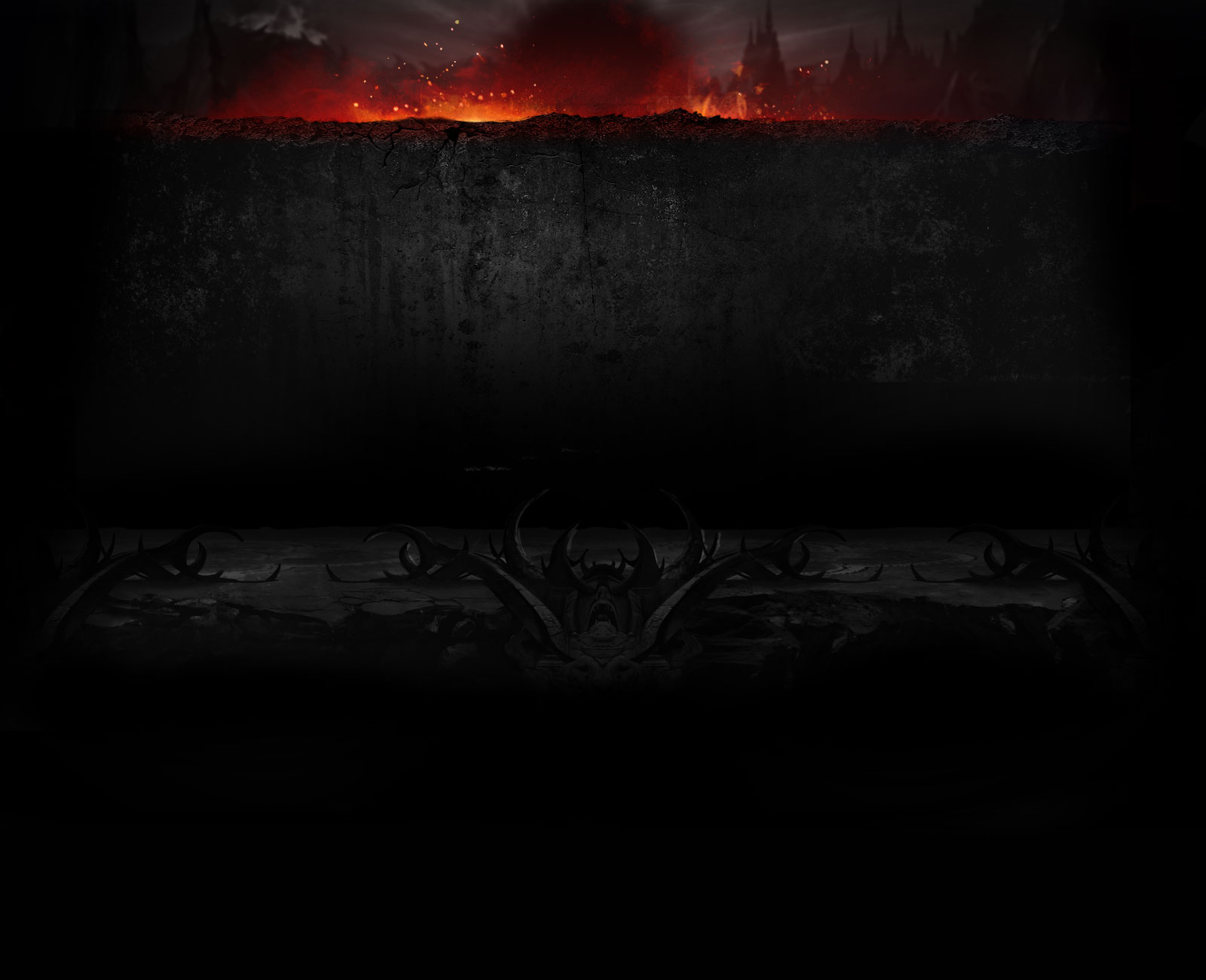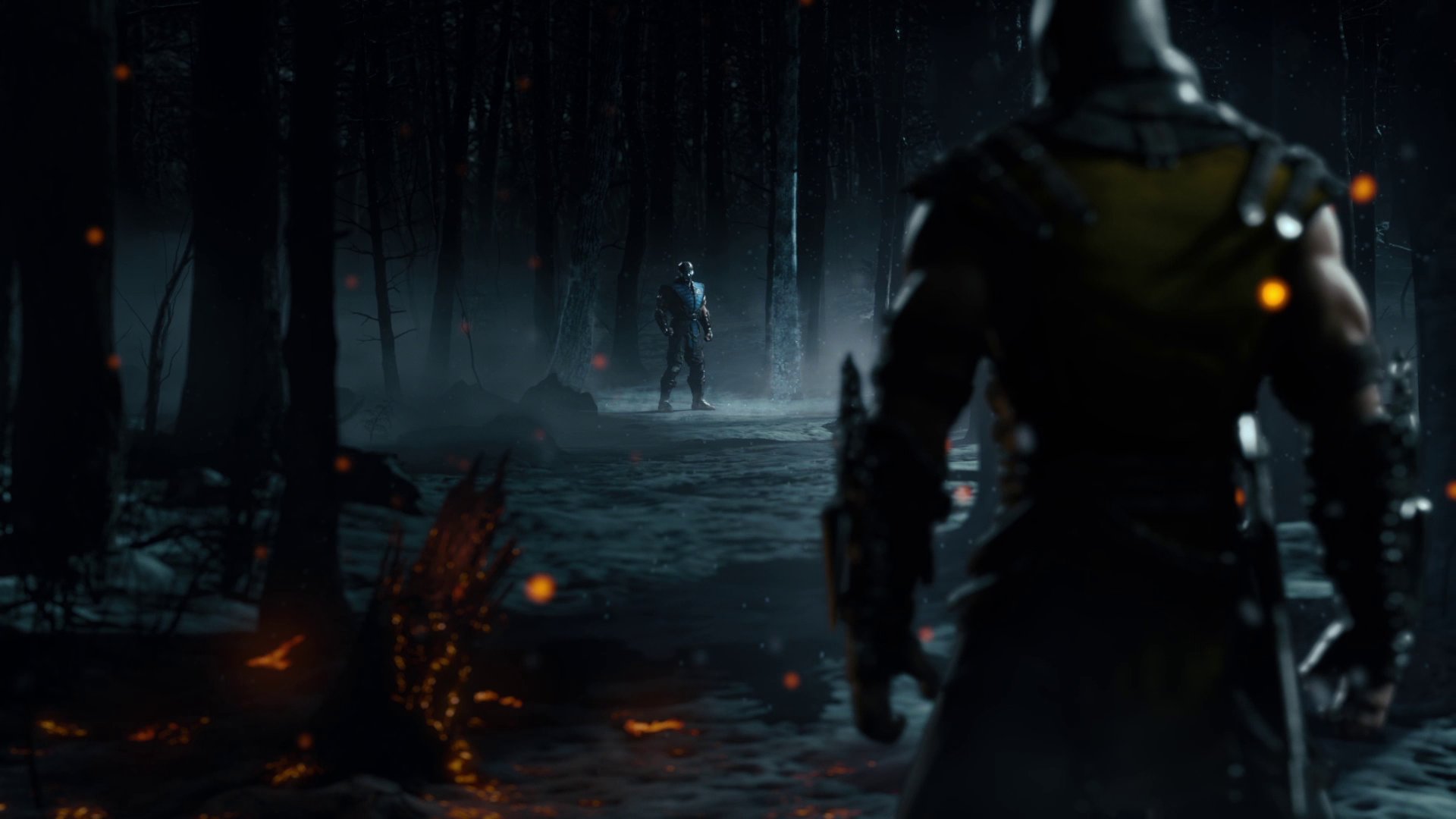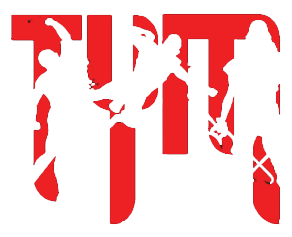Konqrr
MK11 Kabal = MK9 Kitana
Yeah, when I found it I landed it 4/5 times.I'm finding the b22f3 hard to land because of how low they get after the 2nd B22. Are you landing it pretty consistently?






Yeah, when I found it I landed it 4/5 times.I'm finding the b22f3 hard to land because of how low they get after the 2nd B22. Are you landing it pretty consistently?
No, lol. For some reason when I copied and pasted it changed the font color to black. ^FixedWas this made as hard to read as possible intentionally?
if you release down before you input 2 and go into df1 it'll put you in RMS. you have to execute d12 first then immediately input df1. it should be like thisI've been trying to get the crouching 1 2 + lightning kicks to come out but I've been having trouble with it. Any tips?
Thanks man this helps me a bunch.if you release down before you input 2 and go into df1 it'll put you in RMS. you have to execute d12 first then immediately input df1. it should be like this
down (hold) 1, 2 (release) down forward 1 (fast)
this is a huge problem though. i suggest that they should make RMS activated only by holding 2 when inputting d, d+2.
df1 : Lightning kickI know 'xx' means 'cancel into' and I know canceling means breaking out of a current animation or move by inputing another move that cancels the previous one. So what is a good move with Flash to use as a cancel? Are there any videos showing canceling moves and timing? I'd like to see one with Flash, but any Injustice character would be helpful.
I'm not sure I follow. Those specials can be used as cancels? Many combos in the first post includes stuff like "-starter-xxLightning Kick . . ." Does that combo use LK as the cancel or is it canceling into LK?df1 : Lightning kick
df3: Sonic Pound
bf2: Lightning Charge
bf3: Lightning Uppercut
these are the most common for the Flash.
Are dash cancels easier with sticks? I just tried it in practice with a PS3 controller, and it's really unreliable.A tech for example is LKDC (lightning kick dash cancel). The input required for this is:
df1 (hold 1) xx dash.
If you properly executed the input for this tech, you should see yourself starting up the LK animation and then canceling it with a dash -- hence the lightning kick dash cancel.
A more complex combo you can tech this into is
b22 xx df1(hold1) xx dash
What you should see on your screen is the flash back handing twice and then dash instantly right after
frame advantageAre dash cancels easier with sticks? I just tried it in practice with a PS3 controller, and it's really unreliable.
Even when I did cancel it, I don't see how it would help in a fight. Since you have to hold 1 in that string, you end up standing in one place not attacking or blocking. It may only be a few frames, but why would you leave yourself open during those frames when you could be attacking or setting up for an attack?
What is the point of doing 'b22 xx df1(hold1) xx dash'? Couldn't you do 'b22 dash' and end up doing basically the same thing, but faster?
I've heard the term before, and know what it means in theory, but I don't really understand how it helps anyone in a real fight. Is there a good video that shows what a frame advantage is and how you use dash canceling in a combo?frame advantage
Lets say, for instance, that you do an attack that leaves you at a frame advantage of +5. This means that you can act 5 frames sooner than your opponent. If they input an attack while you are at a +5 advantage, it will come out 5 frames later than it normally would. If their fastest attack is 6f (like a d1 for some characters), and they do it while you are at +5, it will take 11 frames for their attack to become active. That means that you can use your frame advantage to either keep people from attacking (and you get to continue pressuring), or you can use the advantage you generate to have your attacks interrupt the startup of theirs.I've heard the term before, and know what it means in theory, but I don't really understand how it helps anyone in a real fight. Is there a good video that shows what a frame advantage is and how you use dash canceling in a combo?
Assume I know nothing about fighting games. Using an obscure, technical term to explain another obscure, technical term doesn't help answer the question.
Are you saying when Flash does a dash cancel, he actually slows the opponent down? Is dashing Flash's only way to cancel? Xenrail (post 158) makes it sound like most of his special moves can also be used as cancels.Lets say, for instance, that you do an attack that leaves you at a frame advantage of +5. This means that you can act 5 frames sooner than your opponent. If they input an attack while you are at a +5 advantage, it will come out 5 frames later than it normally would. If their fastest attack is 6f (like a d1 for some characters), and they do it while you are at +5, it will take 11 frames for their attack to become active. That means that you can use your frame advantage to either keep people from attacking (and you get to continue pressuring), or you can use the advantage you generate to have your attacks interrupt the startup of theirs.
Basically you want to use your frame advantage to prevent the opponent from doing things other than continuing to try and block your pressure or mix ups. In street fighter, being at frame advantage is a good way to get counter hits.
Right, I know that about frames. It's part of why I'm disappointed in how Lex Luthor plays. He has quite a few fun tools to use, but most of them have such a long animation that they are hard to pull off in a fight. But that's an issue for another thread.To elaborate further, frame advantage and disadvantage refers to the "recovery" time after you execute an attack.
Fighting games 101:
Whenever a character attacks in a fighting game, it doesn't just hit the instant you press a button. Every attack has an animation. Virtually all fighting games are displayed at 60 frames per second of animation, so when we refer to frames, it refers to the length animations that happen when you press buttons.
I may be misreading something, but I don't see anything in that thread that explains the difference between the two.mcnabulous
I think you need to broaden your definition of cancel; your posts read as if you think cancel and dash-cancel are interchangeable terms. They are not.
http://testyourmight.com/threads/cancel-into-x.31808/
But what exactly is canceling? What buttons do you press to cancel? When you do b22 xx df1, what exactly is xx? What are you pressing?mcnabulous
Cancelling a normal or string ("combo attacks" in the move list) into a special move is the basis of most combos in Injustice.
I think this thread will be of good use to you: http://testyourmight.com/threads/information-for-new-players.30656/But what exactly is canceling? What buttons do you press to cancel? When you do b22 xx df1, what exactly is xx? What are you pressing?
Quoting myself from the aforelinked thread:But what exactly is canceling? What buttons do you press to cancel? When you do b22 xx df1, what exactly is xx? What are you pressing?
Nothing. the xx is just jargon used when typing combos to indicate a cancel is taking place.But what exactly is canceling? What buttons do you press to cancel? When you do b22 xx df1, what exactly is xx? What are you pressing?
So there's no extra input at all between the normal combo and the special? Then what's the point of putting xx at all? Why not assume all inputs in a string transition into each other?I think this thread will be of good use to you: http://testyourmight.com/threads/information-for-new-players.30656/
As for cancelling:
Say you press 1, 1, 2 for a normal string, and a special move is inputted as Down, Forward, 2, it would go like this:
1, 1, 2, Down, Forward, 2.
There is no button needed for cancelling into a special: it's supposed to be a smooth/rough, string-to-special input transition.
The "xx" is a term used to tell you that a string is cancelled into a special move.
The "xx" is there for the sake of clarity. Certain combos do not require cancelling or have a cancel in there somewhere, but not throughout the whole combo.So there's no extra input at all between the normal combo and the special? Then what's the point of putting xx at all? Why not assume all inputs in a string transition into each other?
If that's all a cancel is, then you should stop sending people to that thread. It's not good info for new players learning about canceling. That page gives you a link which defines canceling "as breaking out of a current animation or move by inputing another move that cancels the previous one." But since you don't need to do another move between 1, 1, 2 and down, forward, 2, that definition is very misleading.
